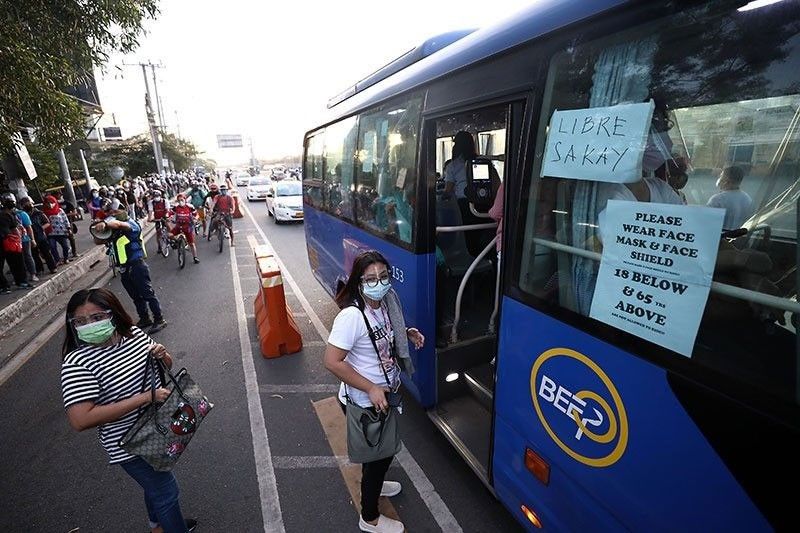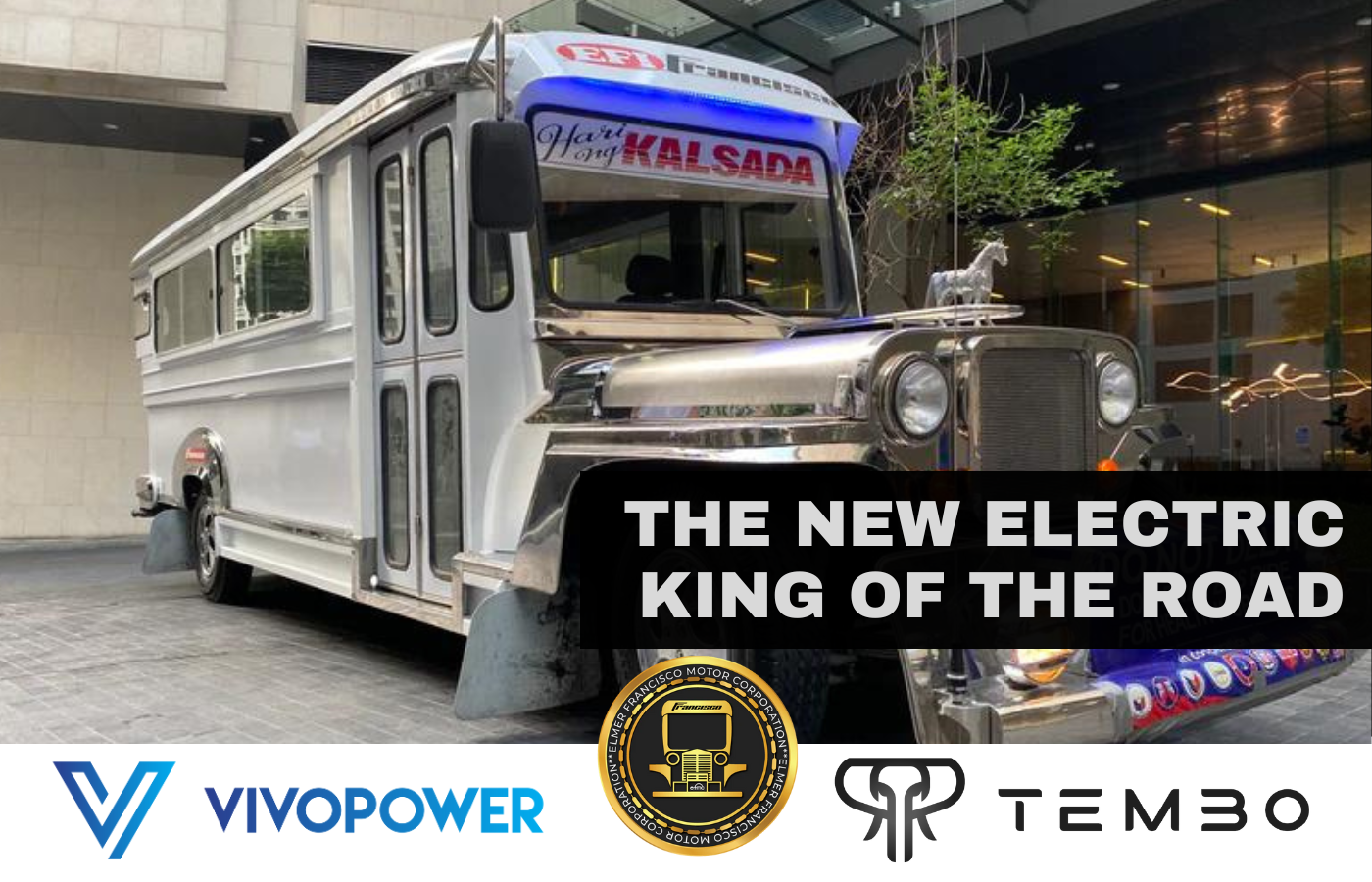Why Pick Transit Advertising Philippines for Your Brand name
Why Pick Transit Advertising Philippines for Your Brand name
Blog Article
Recognizing the Role of Transportation Advertising in Enhancing Brand Exposure and Consumer Engagement
Transit marketing has become a crucial element in the advertising and marketing landscape, offering distinct possibilities for brands to boost their presence and involve customers properly. With the capability to get to a diverse and captive audience throughout their daily commutes, these marketing techniques are not simply regarding visibility; they are concerning developing purposeful connections with possible clients. As we explore the diverse advantages and ingenious strategies within transportation advertising and marketing, it becomes necessary to think about just how these aspects collectively influence consumer understanding and actions, questioning regarding their long-lasting impact on brand loyalty.
Meaning of Transit Advertising
Transit advertising describes the practice of promoting products, services, or brands via advertisements positioned around public transport systems. This form of advertising and marketing encompasses a selection of placements, including posters on trains and buses, electronic displays at transportation terminals, and covers on the exterior of lorries. It aims to get to a diverse audience, profiting from the high foot web traffic connected with public transit.
Transportation marketing is purposefully placed to record the attention of travelers, who usually spend considerable time waiting or taking a trip. By integrating promotions right into the everyday routines of people, brand names can develop a long-term impression and foster brand recognition. The tool is specifically reliable in city environments, where public transport is a main setting of traveling.
Additionally, transit advertising can help with localized targeting, permitting organizations to get to specific demographics based on transportation routes and station places. As metropolitan populations grow and the use of public transportation increases, this advertising and marketing approach has actually gotten importance as an essential part of integrated advertising techniques. The dynamic nature of transit advertising and marketing, integrated with its capability to engage consumers in a captive setting, emphasizes its importance in contemporary advertising methods.
Benefits of Transit Advertising And Marketing
The efficiency of transportation marketing depends on its ability to supply a wide range of advantages to brands seeking to improve exposure and involvement. One of the key benefits is the extensive reach it provides; transit advertisements can efficiently target diverse demographics throughout city areas, getting to both pedestrians and commuters alike. This broad exposure dramatically boosts brand awareness.
One more advantage is the high regularity of perceptions. As transit lorries take a trip along recognized paths and quit at multiple locations, they produce repetitive direct exposure that strengthens brand messages. This regularity cultivates familiarity, which is vital in customer decision-making.
Transportation advertising and marketing is also affordable compared to other media platforms. Offered its extensive reach and potential for high impacts, brands typically experience a lower price per thousand perceptions (CPM), optimizing their advertising and marketing budget plan.
Additionally, transportation ads can produce a sense of neighborhood connection. By straightening with neighborhood transit systems, brands can resonate with local target markets and foster a feeling of regional pride. This local approach improves brand name commitment and involvement, making transit advertising a compelling choice for organizations intending to strengthen their existence in the market.

Reliable Strategies for Transit Campaigns
To make best use of the effect of transit campaigns, brand names need to take advantage of critical planning and implementation customized to their target market. First, determining the market features of the audience using public transportation is crucial. This enables brand names to develop personalized messaging that reverberates with possible clients.
Following, choosing the appropriate transit tools is crucial. Whether making use of bus covers, subway posters, or digital displays, each tool has one-of-a-kind benefits that can enhance visibility. For circumstances, lively visuals on bus covers can stand click to investigate out, while digital ads can be upgraded often to mirror prompt promotions.
Moreover, incorporating a natural branding method across transit platforms ensures consistency and reinforces the brand's identity. Making use of captivating designs and remarkable taglines will reinforce brand recall amongst commuters.
Last but not least, timing is a key consider performing successful transportation campaigns. Releasing campaigns during optimal traveling hours or neighborhood events can considerably enhance exposure and engagement. By utilizing these methods, brand names can successfully harness the possibility of transit advertising, cultivating higher recognition and connection with their target audience. Inevitably, a well-executed transit project can drive significant development in brand exposure and consumer engagement.

Gauging Influence and Engagement
In reviewing the efficiency of transit advertising and marketing campaigns, precise dimension of impact and interaction is important for brands seeking to maximize their marketing methods. Metrics such as reach, frequency, and impacts give foundational information to analyze exposure. Evaluating these aspects assists determine exactly how several prospective clients are subjected to the advertisements throughout their everyday commutes.
Engagement can be further gauged with customer communications, such as internet site traffic, social media sites discusses, and straight actions to calls-to-action included in the ads. Making use of devices like QR codes or one-of-a-kind Links can help with monitoring of consumer behavior directly linked to transit campaigns. Studies and feedback mechanisms also offer as useful approaches to gather qualitative information on consumer understandings and recall of the advertisement.
Moreover, advanced analytics and acknowledgment designs can associate transit exposure with subsequent buying actions, supplying insights into the return on financial investment. By utilizing an extensive strategy that combines qualitative and quantitative procedures, brand names can develop a nuanced understanding of their transit advertising and marketing influence. Inevitably, this data-driven strategy makes it possible for brands to improve their campaigns, ensuring they reverberate properly with target market and improve total brand exposure.
Study of Successful Campaigns
Successful transportation ad campaign function as compelling instances of exactly how reliable techniques can elevate brand name visibility and interaction. Transit Advertising Philippines. One notable instance is the "I Love New look at here York" campaign, which transformed the city's image and drew in numerous vacationers. By making use of metro advertisements, billboards, and bus wraps, the campaign developed a strong, cohesive brand identification, causing a significant uptick in tourist and neighborhood company patronage
An additional excellent project is Coca-Cola's "Share a Coke" campaign, which leveraged transportation advertising to personalize the brand name experience. By including popular names on marketing products across different transit platforms, Coca-Cola promoted a much deeper psychological connection with customers, encouraging them to share their experiences on social networks.
In addition, the "Got Milk?" project successfully used public transport advertisements to get to a wide target market, reinforcing the message of the importance of milk in a well balanced diet regimen. The project saw a quantifiable rise in milk usage in target demographics.
These case studies illustrate that when performed attentively, transit marketing can dramatically boost brand presence, foster consumer engagement, and drive measurable outcomes, showing its vital duty in modern-day advertising techniques. - Transit Advertising Philippines
Verdict
Finally, transportation marketing functions as an essential tool for improving brand exposure and promoting consumer interaction. By utilizing purposefully put ads within public transportation systems, brands can properly enhance and get to diverse audiences acknowledgment through consistent direct exposure. The implementation of targeted messaging and cutting-edge methods additionally amplifies the effect of transportation campaigns. Eventually, the capability to measure interaction and evaluate successful instance researches underscores the see this site effectiveness of transportation advertising and marketing in driving brand name commitment and customer interactions.
Transportation advertising has arised as a critical element in the advertising and marketing landscape, supplying special opportunities for brand names to elevate their exposure and involve customers effectively.Furthermore, transportation advertising and marketing can promote local targeting, allowing businesses to get to particular demographics based on transportation courses and terminal places.In assessing the effectiveness of transportation advertising campaigns, precise measurement of influence and involvement is necessary for brands looking for to optimize their advertising strategies.Effective transit advertising campaigns offer as compelling instances of exactly how reliable strategies can raise brand name exposure and engagement.In final thought, transit advertising serves as a vital tool for enhancing brand name visibility and fostering customer involvement.
Report this page